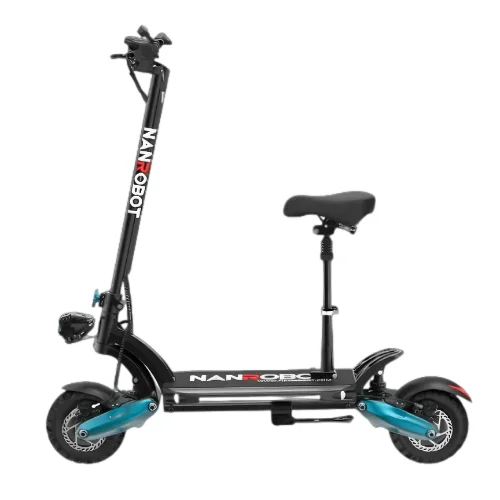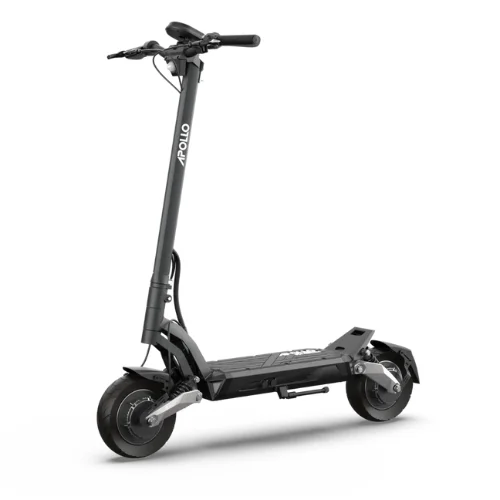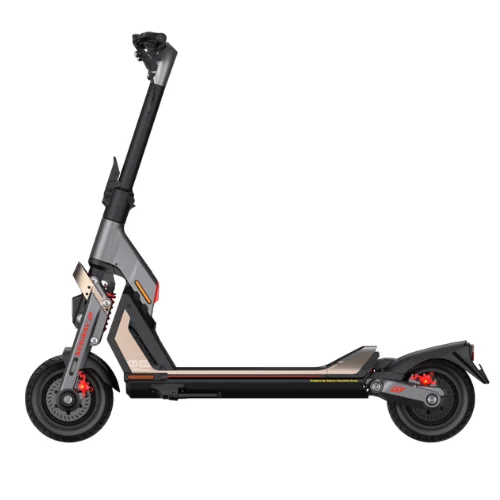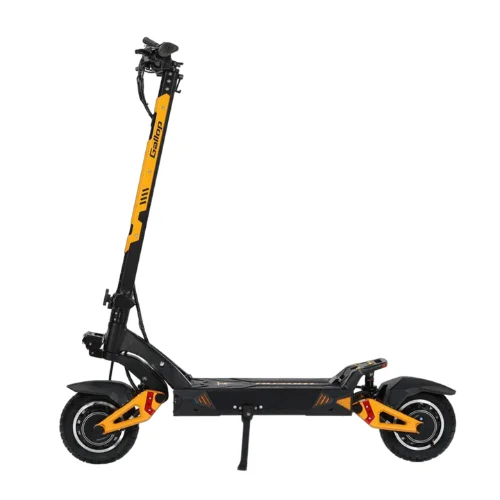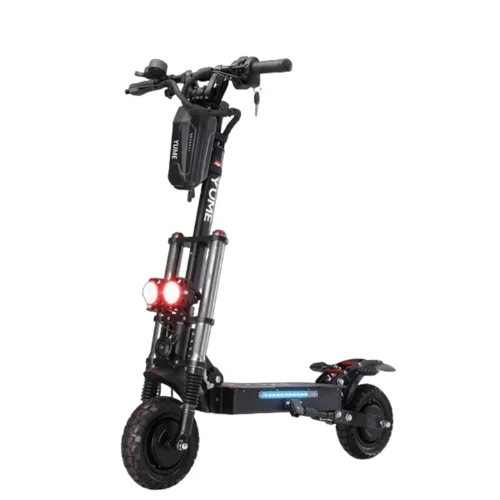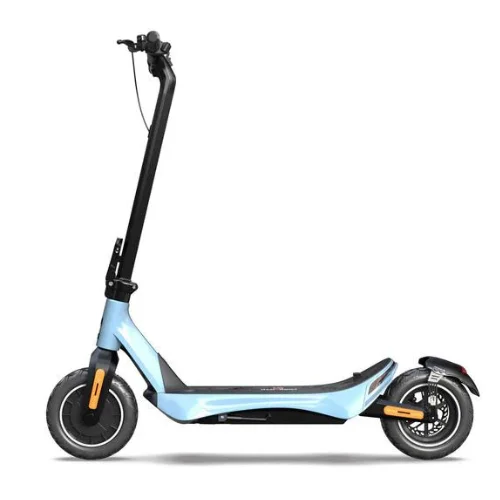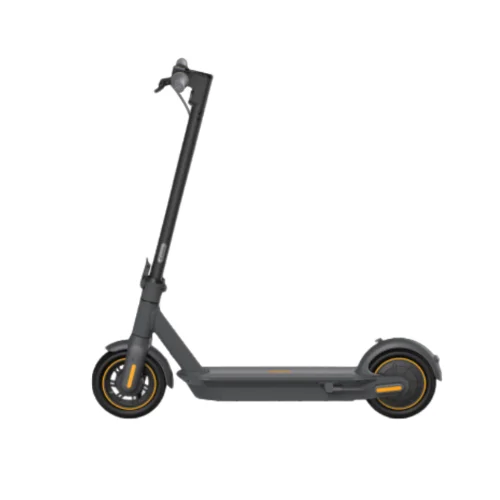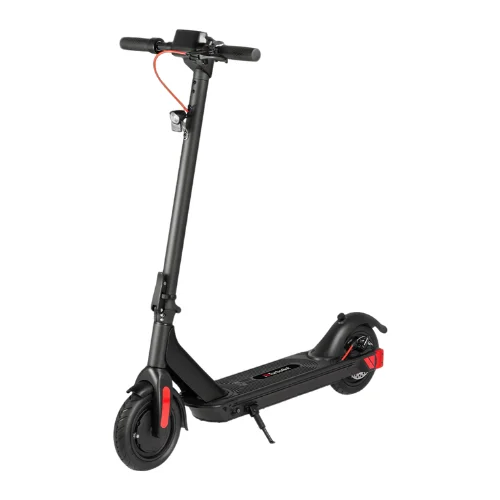Top 10 Features to Consider When Buying an Electric Scooter
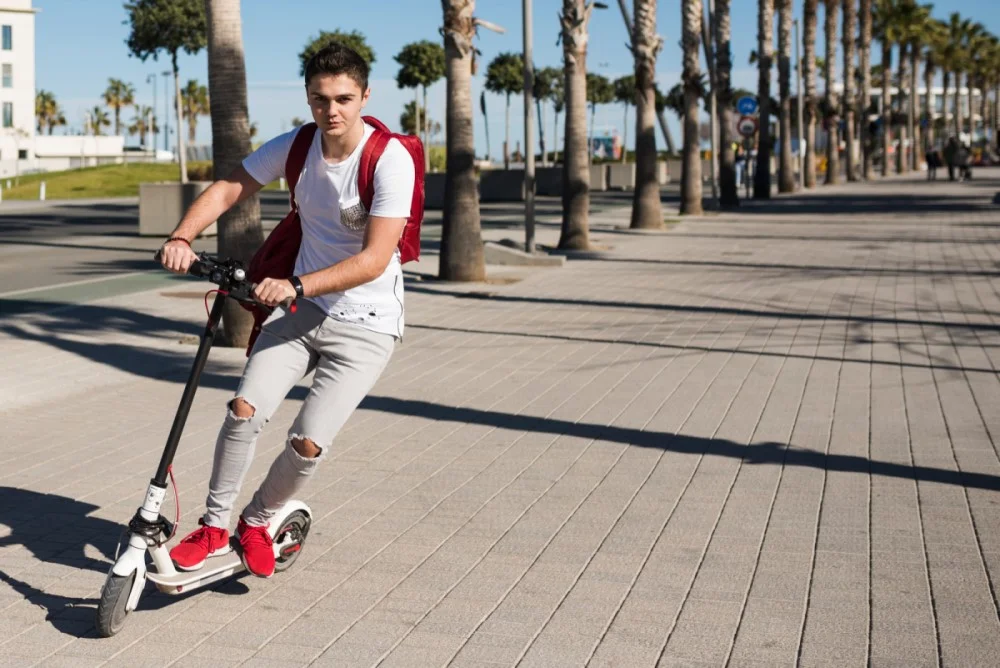
Electric scooters are gaining popularity as a convenient and eco-friendly mode of transportation. Whether you’re a daily commuter or a weekend adventurer, selecting the right electric scooter is crucial. This guide covers the ten most important features you need to consider to find the perfect electric scooter for your needs.
10. Warranty & Spare Parts Availability
Many cheap electric scooters are available online, especially on foreign e-commerce websites. While the low prices may seem appealing, it’s essential to consider the potential drawbacks before making a purchase based solely on cost.
One significant concern with these budget scooters is the lack of warranty coverage and the possible unavailability of spare parts. Without a warranty, you could be left without support if something goes wrong with your scooter. Additionally, if spare parts are hard to find, repairing your scooter could become a daunting or even impossible task.
Therefore, it’s crucial to choose an electric scooter that comes with a reliable warranty policy. Take the time to study the details of the warranty coverage and duration to ensure you have proper protection and support in case any issues arise with your device.
Keep in mind that e-scooter repairs are often done by the owner and are only feasible if spare parts are available from the original equipment manufacturer (OEM). To avoid future headaches, we recommend investing in a reputable brand and purchasing from a store that stocks plenty of spare parts. This way, you can be confident that you’ll have the necessary support and components should anything break.
9. Tire And Wheel Size
The type of tires and the size of the wheels make a significant difference in your ride quality and overall experience. Electric scooter tire sizes typically range from 7 inches to 12 inches or more, with each size offering a different type of ride.
Tire Size and Ride Quality
Smaller tires, around 7 to 8 inches, generally provide a rougher and less stable ride. These tires have less surface contact with the ground, making them more susceptible to obstacles like potholes and debris. This can lead to a bumpier and less secure ride, especially on uneven or rough terrain. Larger tires, ranging from 10 to 12 inches, offer a more stable and comfortable ride. The increased surface area improves traction and absorbs shocks better, making them ideal for various terrains. Larger wheels also enhance the scooter’s stability, reducing the risk of wobbling and ensuring a smoother journey.
Standard Tire Size
The standard size for electric scooter tires is around 10 inches in diameter and 3 inches in width. This size strikes a balance between stability and maneuverability, offering a comfortable ride for most users. It’s generally advisable not to go smaller than this standard size unless specific constraints require it.
Examples of Electric Scooters with Optimal Tire Sizes
Several electric scooters feature 10 to 11-inch tires, ensuring a stable and comfortable ride. These models are known for their reliable performance and enhanced ride quality, thanks in part to their larger tire sizes. Examples include:
(Click Image To Learn More)
8. Suspension
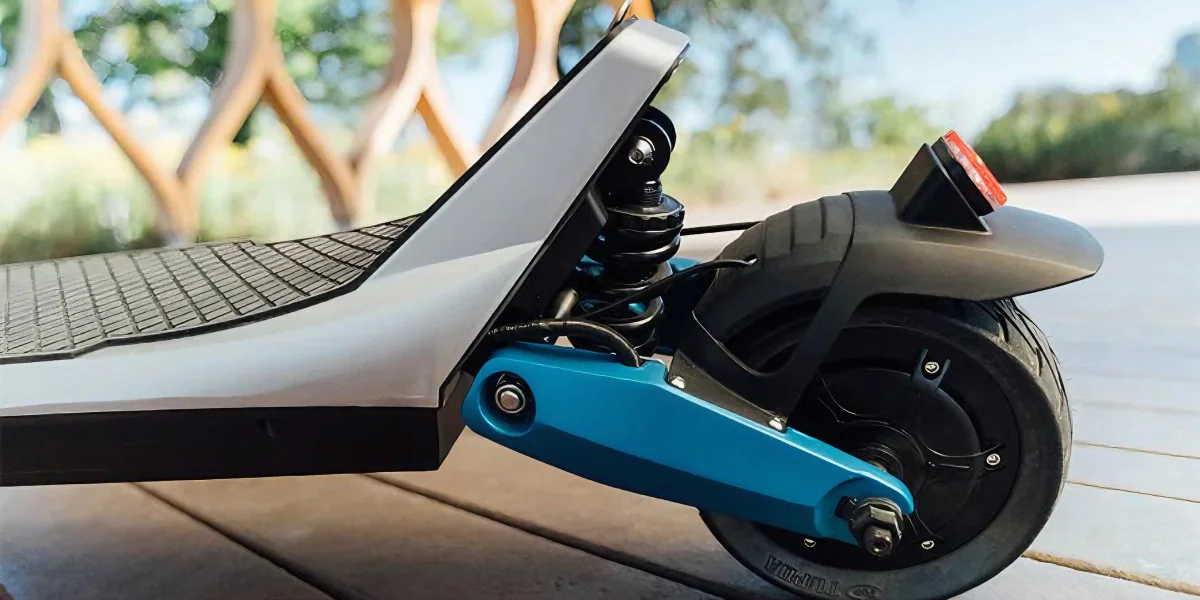
Front and rear suspension are must-haves on an electric scooter. If you buy an electric scooter without suspension, you’ll regret it about 30 seconds after you start riding. Electric scooters typically have small tires, which means you’ll feel every crack in the sidewalk and bump in the road much more than if you were riding a bike.
Importance of Suspension
Front and rear suspension systems are crucial for a comfortable ride. They absorb shocks from uneven surfaces, preventing them from being transmitted directly to your body. This is especially important when riding on city streets, where you’ll encounter various obstacles and rough patches.
Types of Suspension
There are different types of suspension systems available, including spring, hydraulic, and rubber suspension. Each has its own benefits and drawbacks:
Spring Suspension: Common and affordable, spring suspension systems offer decent shock absorption. However, they may not be as smooth as hydraulic systems.
Hydraulic Suspension: Typically found on higher-end models, hydraulic suspension provides superior shock absorption and a smoother ride. It’s more expensive but worth the investment for frequent riders.
Rubber Suspension: Less common in lower priced electric scooters but still effective, rubber suspension systems offer good shock absorption with minimal maintenance. Rubber blocks are enclosed to protect them from moisture and debris and only need to be changed every 2k-3k miles per Apollo Scooters.
Examples of Scooters with Good Suspension
When selecting an electric scooter, ensure it has both front and rear suspension to guarantee a comfortable and safe riding experience. Without proper suspension, you’ll feel every imperfection on your path, which can make your rides uncomfortable and tiring. Investing in a scooter with good suspension will make a significant difference in your overall enjoyment and comfort.
Several electric scooters are equipped with excellent suspension systems to ensure a smooth ride, including:
(Click Image To Learn More)
7. Weight And Portability
Electric scooters can vary significantly in weight, and this factor can greatly impact their portability and convenience. The weight of an electric scooter is primarily influenced by the size of its battery and its motor configuration.
Lightweight Single Motor Scooters
If you’re looking for an electric scooter for a teenager, a college student, or for short commutes around town, a single motor lightweight electric scooter is your best bet. These scooters are easier to carry, fold, and transport, making them perfect for daily use in urban environments. They typically have a top speed between 15-20 mph, making them suitable for short trips and less demanding rides. Their light weight is ideal for users who need to take their scooters on public transportation or store them in tight spaces.
Examples of Lightweight Scooters:
Heavyweight Dual Motor Scooters
On the other end of the spectrum are the much larger dual motor long-range electric scooters. These scooters have significantly larger batteries to offer more range, but the trade-off is their weight. It’s common for these scooters to weigh around 90-100 lbs, with some models weighing even more.
- Examples of Heavyweight Scooters:
- Kaabo Wolf King GT Pro: A powerful scooter designed for long rides and high speeds.
- Dualtron Ultra 2: Known for its impressive range and robust build.
- Nanrobot D6+: Offers strong performance but comes with considerable weight.
While these heavy scooters are great for long rides and high-speed travel, they are not ideal for short-range commutes or for inexperienced riders. The additional weight can make them difficult to carry and maneuver, especially in crowded or urban environments.
6. Types Of Brakes
When it comes to brakes on an e-scooter, you have several options, each with its own set of advantages and disadvantages.
Electric or Regenerative Brakes:
- Efficiency: Regenerative brakes convert kinetic energy into electrical energy, using this energy to charge your battery. This makes them highly efficient. These are my favorite type of brakes on an electric scooter. Especially on some of the new scooters that have the regen braking control on the handlebars like the newer Apollos including the Phantom V4 and Apollo Pro.
- Control: Some e-scooters come with factory-set electric brakes that you cannot adjust, while others offer app-controlled settings to adjust the braking strength. A few models, like the Apollo Scooters and the Unagi Pro, feature a thumb-operated electronic brake. This type is my favorite because it allows you to control the braking intensity with your thumb, similar to how you control the throttle. More input equals more braking power, and less input results in gentler braking. This provides a smoother and more intuitive braking experience compared to the more on-off nature of factory or app-controlled brakes.

Foot Brakes:
- Operation: Foot brakes are activated by pressing down on the fender with your heel, which slows the scooter. This requires you to move your foot off the deck to brake. The foot brake is usually the backup to either disc, drum or electronic braking, but sometimes its the primary braking method.
- Usage: This type of brake is typically found on smaller, less expensive scooters electric scooters like the Unagi Voyagerand is not common on adult electric scooters.
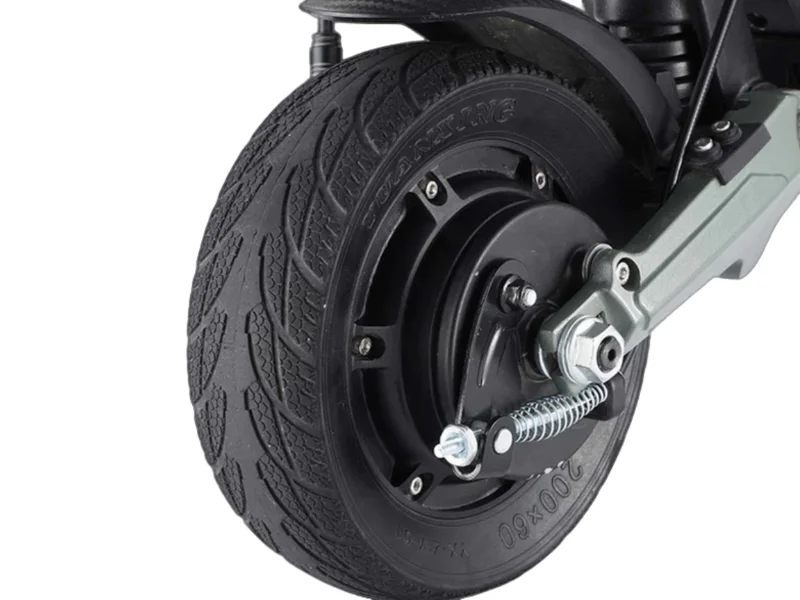
Drum Brakes:
- Design: Drum brakes are housed within the wheel hub and work by pushing pads outward against the braking surface, creating friction to slow the wheel. They are activated by a cable that runs from the brake lever to the drum brake itself. Inside the drum brake, a cylinder with pistons uses hydraulic pressure when braking, pushing the shoes into contact with the drum slowing you down.
- Protection and Noise: Because the brake is fully enclosed in the wheel hub, it is protected from environmental elements. Drum brakes are also less likely to squeak compared to disc brakes.

Disc Brakes:
- Performance: Disc brakes, available in both hydraulic and mechanical forms, are considered among the safest and best-performing brakes for e-scooters. They provide strong braking power in both dry and wet conditions and are lightweight and easy to adjust.
- Hydraulic vs. Mechanical: The primary difference lies in the transmission of force from the brake levers to the brake calipers. Hydraulic disc brakes use a fluid-filled brake line, while mechanical disc brakes use a steel cable.
- Noise: One downside to disc brakes is that they can become squeaky. This noise is often due to contamination on the disc or the brake pad. Cleaning the disc or replacing the pads usually resolves this issue.



In conclusion, the type of brakes you choose for your e-scooter significantly impacts your riding experience. For the best combination of efficiency, control, and braking power, I recommend considering regenerative or disc brakes, particularly those with hydraulic systems for the smoothest and most reliable performance.
5. Battery Voltage
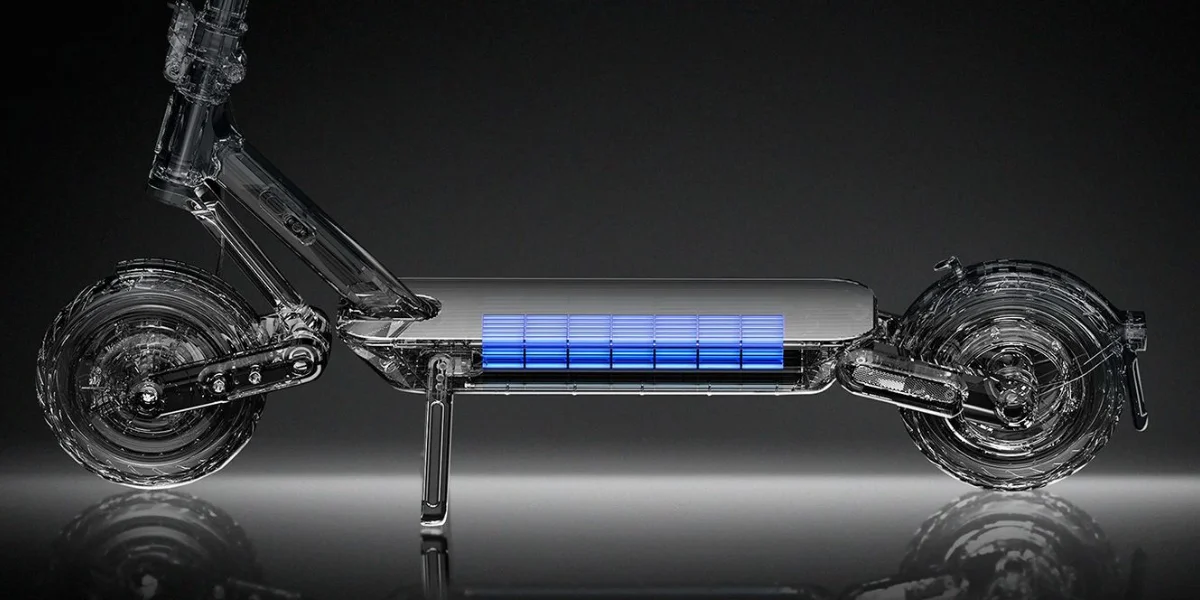
When it comes to electric scooters, the battery voltage is a critical factor that directly influences performance, speed, and range. Here’s a breakdown of the various voltage ratings and what you can expect from each:
36V Batteries:
- Performance: These are typically found in entry-level scooters. You can expect slower acceleration and overall performance.
- Suitable For: Beginners and light urban commuting.
48V Batteries:
- Performance: These offer a good balance between speed, range, and hill-climbing ability.
- Top Speeds: Capable of reaching top speeds of 40-60 km/h (25-40 mph).
- Range: Real-world range is about 24-40 km (15-25 miles).
- Recommendation: I recommend at least a 48V battery for a solid mix of performance and range, making it suitable for most commuters.
52V and 60V Batteries:
- Performance: High-performance scooters typically use these batteries. They provide faster speeds, better acceleration, and improved capacity for heavier loads.
- Top Speeds: These can reach 64-80 km/h (40-50 mph).
- Range: They offer a range of 40-64 km (25-40 miles).
- Suitability: These are better suited for experienced riders due to their increased power and speed.
72V Batteries:
- Performance: These are usually found in high-end, high-performance scooters. They provide exceptional speed, acceleration, and range.
- Suitability: Not recommended for beginners or intermediate riders due to the power and speed they deliver.
Future Technology - Solid State Batteries Are Coming!
- Advantages:
- Higher Energy Density: Can generate and retain a higher-density charge.
- Safety: Reduced fire risk due to non-flammable, inorganic solid electrolytes.
- Efficiency: Work more effectively at higher operating temperatures.
- Performance: No separator between the electrodes, leading to greater energy density per weight or volume, faster charging times, and higher output capacity.
- Range and Lifespan: Longer range and improved battery lifespan compared to current battery technology.
In conclusion, selecting the right battery voltage for your e-scooter depends on your needs and experience level. For most commuters, a 48V battery strikes a good balance between performance and range. Higher voltages like 52V or 60V are great for those seeking more power and speed, while beginners should steer clear of the extremely powerful 72V options. Keep an eye out for solid-state batteries, which promise to revolutionize the electric vehicle industry with their superior performance and safety features.
4. Range
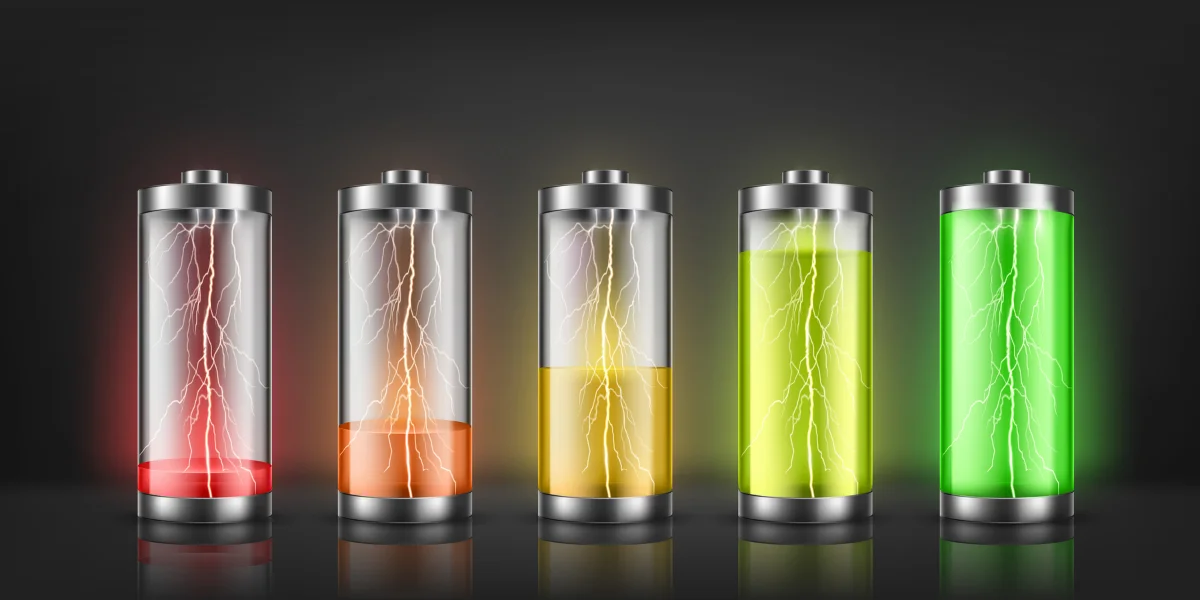
Electric scooter companies often advertise impressive range figures, but these numbers are typically tested under ideal conditions: a lightweight rider, the slowest speed mode, on a flat surface with no starts and stops. However, this is not reflective of how the average person rides an electric scooter, so these figures can be misleading.
A good rule of thumb is to take the range advertised by the OEM and cut it in half for real-world usage. While you may get a little more than half, using this conservative estimate helps ensure you have enough range for your commute or any specific trip you plan to take.
For example, if a scooter is advertised to have a 30-mile range, expect around 15 miles under typical riding conditions. This safer approach will help you avoid running out of battery unexpectedly and ensure you can complete your rides comfortably.
3. Single Motor Or Dual Motor
Electric scooters come in either single motor configurations, usually in the rear, or dual motor setups, which have motors in both the front and the rear. Understanding the differences between these configurations is crucial for choosing the right scooter for your needs.
Single Motor Electric Scooters
Single motor electric scooters typically have motor power ranging from 350 to 1000 watts. These scooters are well-suited for moderate inclines, typically handling hills with a 15 to 20-degree grade, and can reach top speeds of 25 to 28 mph.
- Beginner Scooters: Smaller 350-watt scooters are great for beginners, offering manageable speeds and power.
- Advanced Single Motor Scooters: Models like the Ausom Leopard, with a 1000-watt motor, offer higher speeds and better performance, reaching up to 28 mph.
Single motor scooters are generally lighter than their dual motor counterparts, making them ideal for commuters who need to carry their scooters or navigate through crowded areas.
Dual Motor Electric Scooters
Dual motor electric scooters typically start with 1000 watts per motor and can go as high as 2000 watts each. This configuration provides at least twice the power of the most powerful single motor scooters, making them suitable for advanced riders.
- Power and Performance: Dual motor scooters excel in power and acceleration, handling steeper inclines and achieving higher top speeds.
- Safety Gear: Due to their increased power and speed, dual motor scooters should be ridden with complete safety gear, including a full-face motorcycle helmet, elbow and knee pads, riding gloves with knuckle and palm protection, and a riding jacket when the weather permits.
When I ride my dual motor electric scooters, I always prioritize safety by wearing all the necessary gear to protect myself in case of falls or accidents. Proper safety equipment is paramount when handling the increased power and speed of dual motor scooters.
Choosing between a single motor and dual motor electric scooter depends on your riding experience, terrain, and performance needs. Single motor scooters offer sufficient power for everyday commuting and are easier to handle for beginners. In contrast, dual motor scooters provide superior power and performance for experienced riders but require a higher level of safety precautions. Assess your riding requirements and safety measures to select the best motor configuration for your electric scooter.
2. Pneumatic Tires or Solid Tires

When it comes to the tires on an electric scooter, you have two main choices: pneumatic (air-filled) tires and solid tires. Each type has its strengths and weaknesses.
Pneumatic Tires:
- Comfort: Pneumatic tires offer better shock absorption than solid tires, providing a smoother and more comfortable ride, especially on bumpy terrain. They help cushion the ride and reduce the jarring impact of cracks and bumps on the road.
- Traction: Pneumatic tires typically provide better traction, which is particularly important in wet or slippery conditions. This can enhance your safety and control while riding.
- Configurations: Pneumatic tires come in two configurations—tubed and tubeless. Tubed tires have an inner tube and are commonly found on most electric scooters. Tubeless tires, which don’t have an inner tube, are usually found on more expensive models. It’s important to note that you cannot switch between the two; your scooter’s rim is designed for one type or the other.
- Maintenance: While pneumatic tires can be more prone to flats, I’ve had great success with them, experiencing only three flats in 5,000 miles of riding. Regularly checking tire pressure and avoiding sharp objects can help prevent flats. If you do get a flat, replacing the inner tube is generally less expensive than replacing a whole tire.
Solid Tires:
- Maintenance-Free: Solid tires require no maintenance and never go flat. They don’t need to be replaced as often unless they get flat spots or are otherwise damaged.
- Ride Quality: The downside is that solid tires do not provide as smooth a ride as pneumatic tires. They can be more jarring and uncomfortable on uneven surfaces.
- Traction: Solid tires typically offer less traction than pneumatic tires, which can be a drawback in adverse weather conditions.
While solid tires offer the convenience of being maintenance-free, pneumatic tires are preferable for those seeking a more comfortable and safer ride. For the best riding experience, I recommend opting for pneumatic tires.
1. Price
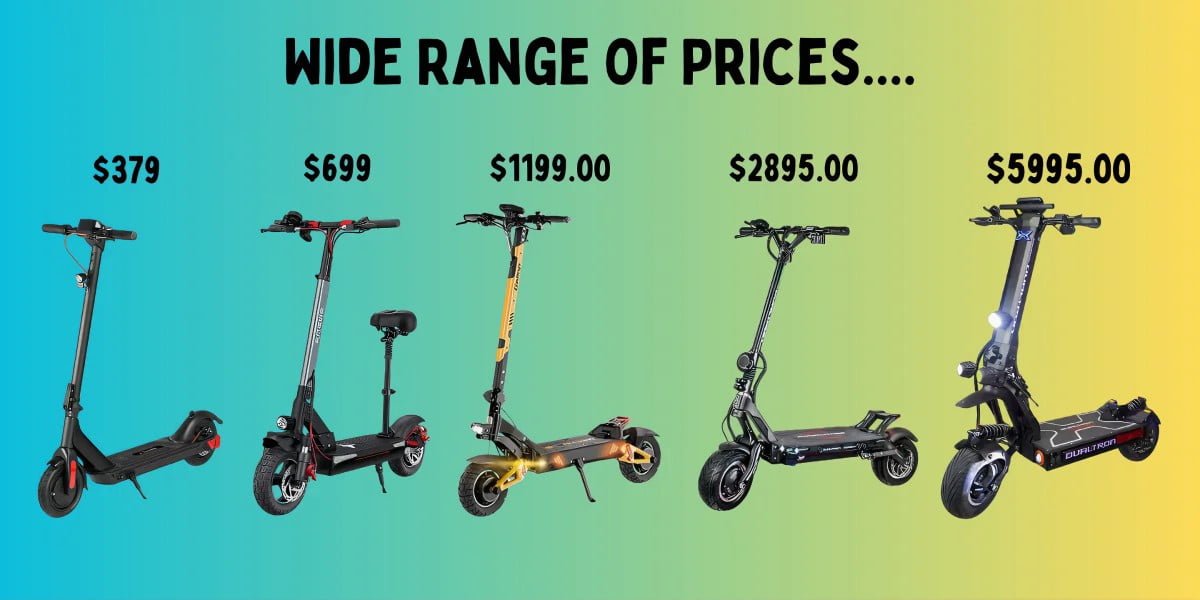
Electric scooter prices range from $250 up to over $7,000! So when you start looking for an electric scooter, make sure to set a budget. Here’s a breakdown to help guide your purchase:
$250-$750: Entry-Level Scooters
- Features: Smaller, single motor, lower speed, and shorter range.
- Best For: Beginners, short commutes, and lighter use.
$800-$1,000: Mid-Range Single Motor Scooters
- Features: Larger deck room, larger tires, and more substantial build.
- Example: The Ausom Leopard, a single motor 1000W scooter with a respectable range and a top speed of 28mph. It’s larger in size, similar to some dual motor scooters, making it a robust option within this price range.
$1,000-$7,000+: Dual Motor Scooters
- Features: Powerful dual motors, higher speeds, longer range, and advanced features.
- Lower Range Example: The Nanrobot D6+ and Nanrobot N6. Both feature dual 1000W motors, offering a range of up to 40 miles and a top speed of 40mph. The Nanrobot N6 is an updated version of the D6+, with improved aesthetics and new features, making it a solid choice for those ready to upgrade.
Budget Considerations:
- Power: Higher-priced scooters often come with more powerful motors.
- Range: More expensive models typically offer longer ranges.
- Size: Larger scooters generally cost more due to increased materials and capabilities.
- Features: Advanced features like better suspension, braking systems, and technology integrations come at a higher price.
Set a budget before you start shopping. If you don’t find something you like within your budget, consider saving a bit more to reach the price point that gets you the features and performance you want. Your budget will ultimately dictate the power, range, size, and other features of your electric scooter.
Final Thoughts….
Choosing the right electric scooter involves considering various essential features to ensure it suits your needs. From speed and motor power to battery voltage and braking systems, each aspect plays a crucial role in your overall riding experience. Understanding the importance of tire size, suspension, and the difference between single and dual motors can significantly impact your comfort and safety. Additionally, evaluating the weight and portability, along with the type of tires and brakes, helps you find a scooter that fits your lifestyle. Setting a budget and knowing what features you prioritize will guide you in making the best choice. By keeping these factors in mind, you can confidently select an electric scooter that provides a safe, enjoyable, and efficient ride.
Want More Electric Scooter Related Reviews?
Ready to choose your next electric scooter? Check out the rest of my electric scooter reviews and road tests so you can make an informed decision!

About The Author
Eric “Hobart” is the founder of Hobart’s Reviews, specializing in electric scooters, e-bikes, and accessories. With over 10,000 miles ridden and more than 20 models reviewed, Hobart brings firsthand experience and expert insights to his audience. Follow his comprehensive reviews on his YouTube channel and website for trusted advice and detailed evaluations.


